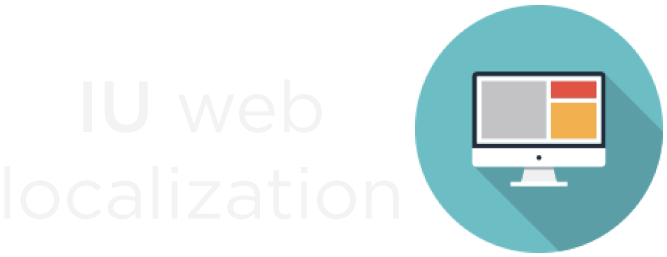As the debate between human translators versus technology continues, one thing is for certain: as business goes global, the need for translation services growing. Google Translate is fast, easy-to-use, convenient and is a household name brand. But can Google really accommodate the translation of academic journals, legal contracts, pharmaceutical research, essays and so forth? The spark of the debate comes down to the issue of accuracy, and human translators continue to trump Google with the ability to recognize cultural verbiage, idioms and slang that technology often overlooks.
While professional translators do use technology to aid their work, the specific tools appropriate for linguists are far more sophisticated than a simple Google algorithm. Talk to any professional translator and they’ll tell you why they prefer to use these translating tools–and that’s just what we did.
We spoke with *Bettina, a professional Spanish translator, and asked her to share her insights and experiences with the software used in the translation world. Here is what she had to say:
Q: In your professional opinion, do you think tools like Google Translate can translate documents with the same accuracy, context and meaning as a human translator?
Bettina: “Google Translate and other Machine Translation Tools provide a less accurate translation and always require editing. A machine cannot grasp the style, register, or tone of a translation, and can therefore not convey the same meaning.”
Q: How so?
Bettina: “For example, if the text includes irony or sarcasm, a machine translation will make a literal translation that makes no sense, or conveys the exact opposite meaning. There are also words, especially in English, that have different meaning depending on the context and are therefore translated differently. A machine cannot understand the difference. Although there are some pretty efficient Machine Translation engines (not Google Translate) in the market, that are used combined with Translation Memories, especially for technical translations that are more literal, the output always requires editing.”
Q: What are the most common or preferred CAT tools or management software that you encounter in your profession?
Bettina: “I’d say MemoQ, SDL Trados, Memsource, and Wordfast. As far as management systems, I use XTRF. Larger companies tend to use Plunet.”
Q: Of all the tools you just mentioned, which would you say is your “go-to?”
Bettina: “I’ve worked with SDL Trados and MemoQ and I feel MemoQ is by far more user friendly. You can manage SDL Trados Packages with it and it’s very flexible and easy to use. It offers a lot of features to improve your work and make it easier to complete.”
Q: Is there a reason multiple translation tools are used for one project?
Bettina: “Word files are easy to manage on a CAT tool, but PDF does not work well with CAT tools. Depending on the type of document, we either convert it to a Word file, or if the layout is more complex (with images, for example) we ask the client if they have the InDesign file in which it was originally created. The InDesign files (idml) are compatible with our CAT tool, MemoQ, and we can export the file with a very similar layout, where only minor formatting issues need to be corrected. When a PDF file has to be converted to Word, there is usually extensive formatting/layout work to be done. Non-editable PDF files (for example images with text or faxes) can usually not be converted to Word, and therefore a similar layout has to be recreated.”
Bettina’s Picks
| Tool | Why it’s Cool |
| 1. SDL Trados Studio | Open multiple files like Microsoft Word, PowerPoint, Google Docs and Adobe files |
| 2. MemoQ | User-friendly and founded by translators |
| 3. Memsource | No license required, easy-to-use |
| 4. SDL Passolo | Easy localization tool to translate graphic elements |
| 5. WordFast | Fast, translation memory bank |
Types of Translation Tools and Software
CAT- Computer software applications (CAT) are used by translators to save words they’ve translated in a “bank.” With each project they’re assigned, they can refer to the bank of words as needed.
Translation Management Systems: Translation management systems (TMS) support complex translation projects and tasks assigned to multiple people. TMS systems give the ability for multiple translators to work on one single project remotely as though they were working at the same location.
With that in mind, human translators are more reliable accurate and efficient. Humans: 1 Google: 0.
*= Last name removed upon request.
Share this Post
Contact Us
Making Connections Nationwide. For more information about professional translation services, please contact Interpreters Unlimited at 800-726-9891.



